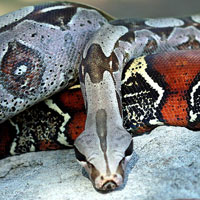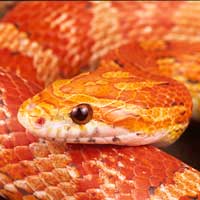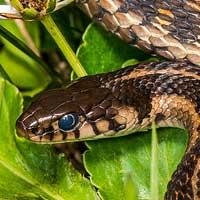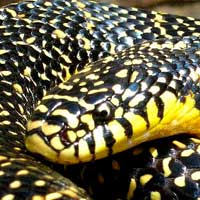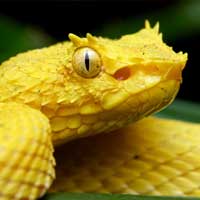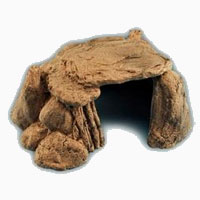Burmese Python
Scientific Name: Python Molurus Bivittatus
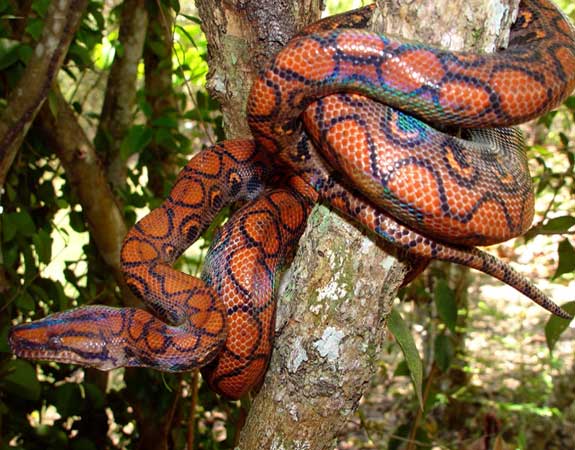
Share this Post
Burmese Python is a large python species. It is one of the biggest snakes in the world weighing up to 200 pounds and grows to a length of 240 inches. It has light dark and yellowish cream hue. The skin also has a series of rectangular blotches spread in a linear pattern.
This species of snake is highly sensitive and smells its prey with the help of an organ called the Jacobson located in its mouths roof. It can monitor the movement of prey for quite a long period before striking. It has an attractive skin that makes it popular in leather industries. This species is common in Southeast Asia and particularly in the Indian regions. The Burmese Python has a rapid growth rate among snakes and the girth is usually the size of a telephone pole. Due to the size and the patterns on the skin, poachers are gradually endangering this python species. During the juvenile stages of development, the Burmese Python spends most of its time on trees but as it grows bigger it resorts to crawling and living in holes. It is strictly carnivorous and survives on birds and small mammals. It has poor eyesight and traces the prey with the help of chemical receptors located on its tongue. The python has a flexible spine that enables it constrict its prey by coiling itself around the mammal thus suffocating it.
The reptile moves by stretching the ribs forwards and backwards using it powerful ventral muscles. They have a special anatomy of hinged jaws and fangs. This enables them swallow their kill whole. The jaws allow the python to take in bigger prey, usually four times wider than its head.
Burmese Pythons Are Beautiful Creatures
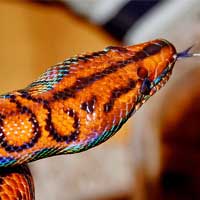
Facts About Burmese Pythons
Geographic Location
The Burmese Python is found in the grasslands of Burma, Thailand and Malaysia. There are many in the Indian jungles and in Southern Asia.
Habitat
It can survive in hard climatic conditions by digging itself in holes previously occupied by foxes, in grassland areas and in open jungles. The species is also found in scrubland and they sometimes live near homes.
Behavior
The Burmese Python under captivity seems passive mostly due to its size. It seems comfortable and patient with everything around but also mimics its surroundings to capture a prey. Generally, it is potentially dangerous and can create havoc in the home especially if it lives in the neighborhood. It is a large reptile that one could train and handle comfortably once it is accustomed to a particular environment.
Reproduction
This reptile reaches sexual maturity at the age of 2 to 3 years. The female Burmese Python lays more than 100 eggs and coils around them to incubate. Its incubation period lasts for approximately 2 months or more. It has a lifespan of up to 25 years.
Captivity
When in captivity, the Burmese Python may develop faster and reach sexual maturity rapidly. It is also known to be docile when satisfied. Sometimes it may exhibit periods of slow growth but suddenly develops and grows faster and bigger. It has a comfortable feeding habit that make it lives comfortably after a long period under captivity.

